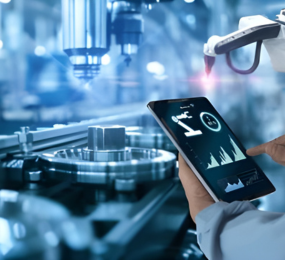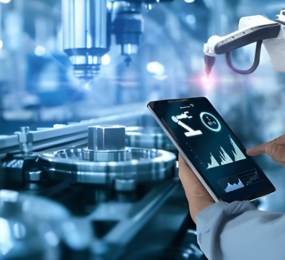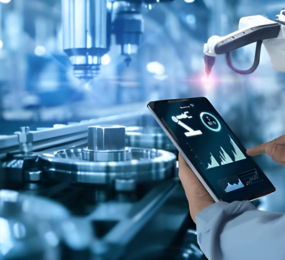Automotive Functional Safety: Protecting Lives Beyond the Dashboard
In today’s automotive world where vehicles are becoming smarter, faster, and more autonomous functional safety is not just a box to check. It’s the silent guardian of every electronic decision your car makes. From emergency braking to adaptive cruise control, functional safety ensures that these systems do what they’re supposed to, when they’re supposed to without fail.
It’s not just about avoiding malfunctions. It’s about ensuring that if something does go wrong, the system knows how to respond safely. This principle is at the heart of ISO 26262, the international standard for functional safety in road vehicles.
Why Functional Safety Matters
Unlike the mechanical systems of the past, modern vehicles rely heavily on software, sensors, and electronic control units (ECUs). A single vehicle today can have more than 100 million lines of code and dozens of interconnected ECUs. While this complexity enables innovation, it also introduces more points of potential failure.
Functional safety is the framework that helps engineers identify these risks early, assess their impact, and design safeguards to prevent accidents. Whether it’s a sensor misreading road conditions or an actuator failing to deploy at the right time, the goal is always the same: keep the driver, passengers, and others on the road safe.
This is especially critical in the development of electric vehicles (EVs) and autonomous vehicles (AVs), where traditional human input is reduced or eliminated entirely. In these cases, the vehicle must detect faults and safely respond all without a driver’s intervention.
A Team Effort Across the Supply Chain
Ensuring functional safety isn’t the responsibility of a single department or company. It requires collaboration across the entire automotive supply chain from chip manufacturers to software developers, tier-1 suppliers, and original equipment manufacturers (OEMs).
Each player has a role in identifying potential failure modes, testing for real-world scenarios, and applying redundancies or fail-safes. In practice, this means designing components to gracefully degrade if a fault occurs, or structuring systems to maintain control under stress.
The safety lifecycle planning, development, production, operation, and decommissioning must be thoroughly documented and continuously assessed. It’s a
demanding process, but one that ultimately saves lives and builds trust in emerging technologies.
Human-Centered Safety in a Tech-Driven Industry
What sets functional safety apart is its human focus. It doesn’t just ask, “Can this system work?” but “What happens to people if it doesn’t?”
In a time when cars are evolving into rolling computers, keeping this perspective is more important than ever. Safety isn’t just a feature it’s a promise.
Takeaway
Functional safety is the backbone of trust in modern vehicles. As mobility continues to evolve, so must our commitment to designing systems that protect lives flawlessly and invisibly. In the race toward autonomy and electrification, safety isn't a hurdle it's the foundation. Learn more on our website: https://www.leadventgrp.com/events/3rd-annual-automotive-functional-safety-forum/details
For more information and group participation, contact us: [email protected] .
Leadvent Group - Industry Leading Events for Business Leaders! www.leadventgr.cpom | [email protected]
















